Edinburgh’s slave trade past highlighted in new guide to the city's historic buildings and landmarks
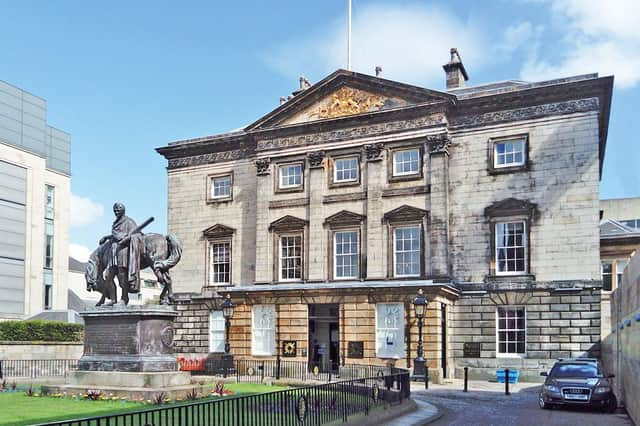

The dark past of some of the Scottish capital’s best-known addresses, monuments and thoroughfares is featured extensively in the book Exploring Edinburgh.
It explores how much of the city’s wealth was built on its involvement in the Caribbean slave trade between the 17th and 19th centuries, and the powerful figures who profited from it and are still honoured in the city to this day.
Advertisement
Hide AdAdvertisement
Hide AdExploring Edinburgh, which is billed as a book "invites readers to see each building as if for the first time," highlights the connections between the slave trade and Bute House, the First Minster's official residence, the Royal Mile, St Andrew Square, Coates Crescent and Edinburgh University.
Compiled by Glaswegian writer Robin Ward, the book reflects on the impact of the Black Lives Matter campaign in Edinburgh last summer and the bitter debates over the renaming of buildings and streets, and whether centuries-old statues should be removed.
The book, just published by Edinburgh-based Luath Press, has emerged in the wake of calls by campaigners, heritage bodies and academics for the city to do more to recognise its role in slavery.
The Edinburgh Caribbean Association has been running walking tours of key sites for several years and founder Lisa Williams has written for government agency Heritage Environment Scotland’s website – telling how the city had a “long and profitable relationship with slavery.
Edinburgh’s slave trade links have also been highlighted previously in an exhibition at the Tron Kirk on the Royal Mile.
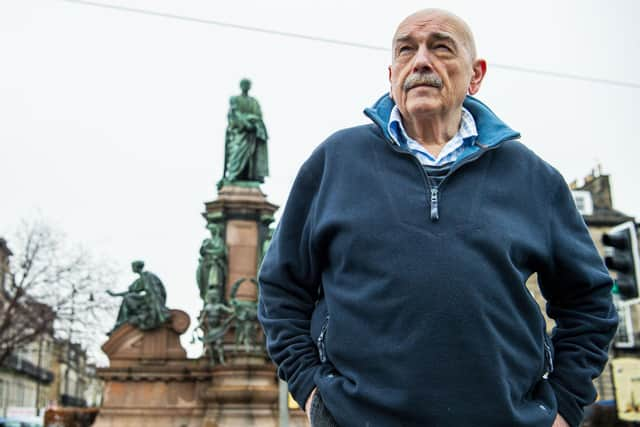

City council leader Adam McVey recently announced a wide-ranging investigation of the slave trade’s links to buildings, monuments and streets, which will be chaired by the human rights activist and campaigner Sir Geoff Palmer, Scotland’s first black professor.
Exploring Edinburgh, which features more than 300 buildings and monuments, calls for the removal of the statue of Henry Dundas, the lawyer and politician who is accused of delaying the abolition of slavery in British colonies for 15 years, from the top of the towering monument in St Andrew Square, stating: “Of all the figures in Edinburgh’s public places, he is the least deserving of the honour.”
Advertisement
Hide AdAdvertisement
Hide AdThe book states that when the square was revamped and opened to the public in 2008 there was no acknowledgement of the monument’s “disturbing symbolism” due to the “cloud of amnesia that hid the truth about Scots and slavery.”
Lesser-known buildings highlighted include Spylaw House, which was owned by the tobacco tycoon and philanthropist James Gillespie, who made his fortune from tobacco imported from plantations in Virginia where African slaves worked.
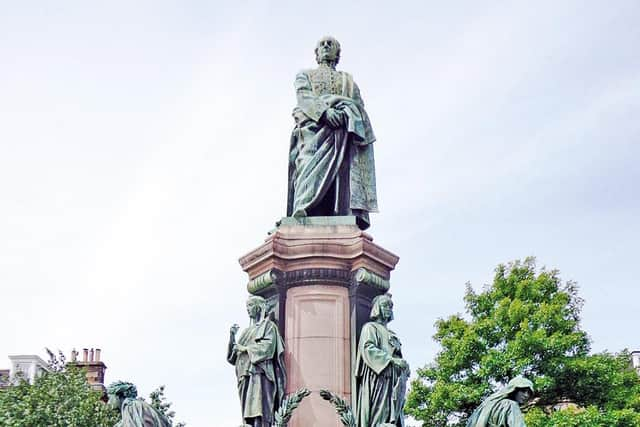

The book, which features guides to six different tours of the city, explores the links between the Royal Bank's historic city centre headquarters, on St Andrew Square, and slavery, through Dundas House itself, which was built for wealthy entrepreneur Laurence Dundas, who owned plantations in the West Indies, and his cousin John Hope, the Fourth Earl of Hopetoun, who is commemorated in a statue in its grounds.
The book recalls the past controversies over a statue of former British Prime Minister and Liberal Politician William Gladstone, which was relocated from St Andrew Square after being branded a traffic hazard and banned from a local park after “Tory property owners nearby objected.”
Ward writes: “What should have caused outrage – and would now – is Gladstone’s link to slavery. His father, Leith-born John Gladstone, owned plantations worked by African slaves in the West Indies. The Gladstones gained a fortune in government compensation after the abolition of slave ownership.”
Describing Bute House, on Charlotte Square, as “inhabited by the ghosts of slavery,” it tells how the address was associated with claimants of compensation following the abolition of ownership of slaves in British colonies in the 19th century.
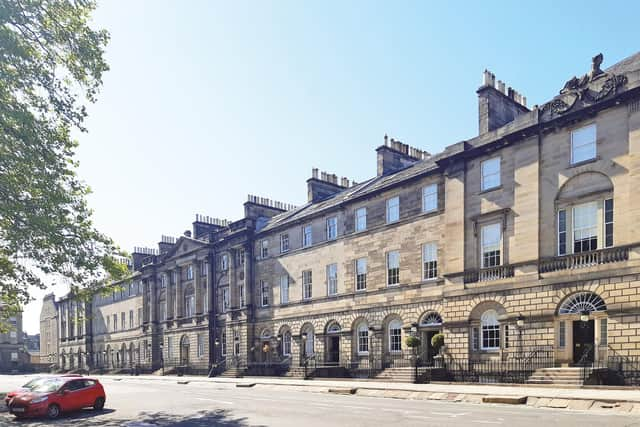

The author tells how Sugarhouse Close, off the Royal Mile, “sounds sweet but hides the bitter taste of the slave trade” because the Edinburgh Sugar House Company which was based there from 1752 brought in its raw material from plantations worked by African slaves in the West Indies.
Advertisement
Hide AdAdvertisement
Hide AdWard recalls the controversy which erupted last year when Edinburgh University ditched the name of the celebrated philosopher from a tower on George Square due to his his views on race. He also advised his patron, Lord Hertford to buy a slave plantation, facilitated the deal and lent £400 to one of the principal investors.
The book also highlights where to find the only statue of an American President in Scotland – the monument to Abraham Lincoln in the Old Calton Burial Ground, near the Scottish Government’s headquarters, which also depicts a freed slave at his feet. It commemorates the Scots who fought on behalf of the Union during the American Civil War.
Writing in the book, Ward says: “Edinburgh’s narrative of enlightenment and cultural heritage ignores many ghosts.
"Those at Sugarhouse Close are from the slave trade – sugar produced by African slaves on colonial plantations in
the West Indies was processed at a refinery in the close. Many of the plantations were owned by Scottish merchants. Glasgow’s complicity in transatlantic slavery is acknowledged. Edinburgh has recently been forced to face up to its involvement.
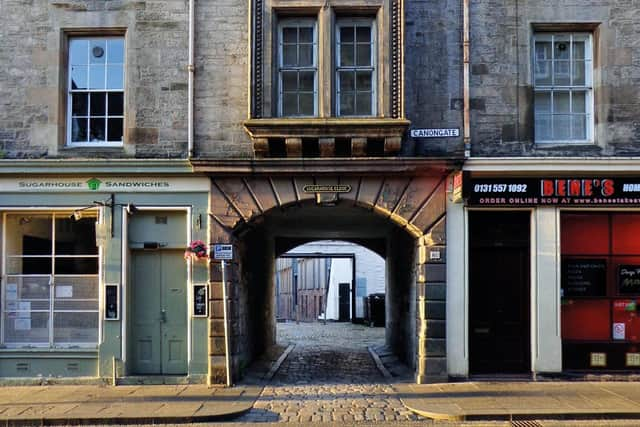

“Slavery in English (later British) colonies gained royal patronage in the 1660s when Charles II granted a charter to (and invested in) what became the Royal African Company.
"The trade continued until 1807 when the Abolition of the Slave Trade Act was passed. Ownership of slaves was not abolished until 1833, and then only because the British Government agreed to compensate not the slaves but their owners.
Advertisement
Hide AdAdvertisement
Hide Ad“The payout was £20 million (40 percent of the Treasury’s annual budget at the time). Around half of the claimants in Edinburgh gave addresses in the New Town.
“Profits from plantations and participation in British imperialism bankrolled modern Scotland, but the stain of slavery and its architectural legacy, unlike the medieval fabric of St. Giles’ Cathedral, cannot be easily scrubbed away.”
A message from the Editor:
Thank you for reading this article. We're more reliant on your support than ever as the shift in consumer habits brought about by coronavirus impacts our advertisers.
If you haven't already, please consider supporting our trusted, fact-checked journalism by taking out a digital subscription.
Joy Yates
Editorial Director
Comments
Want to join the conversation? Please or to comment on this article.